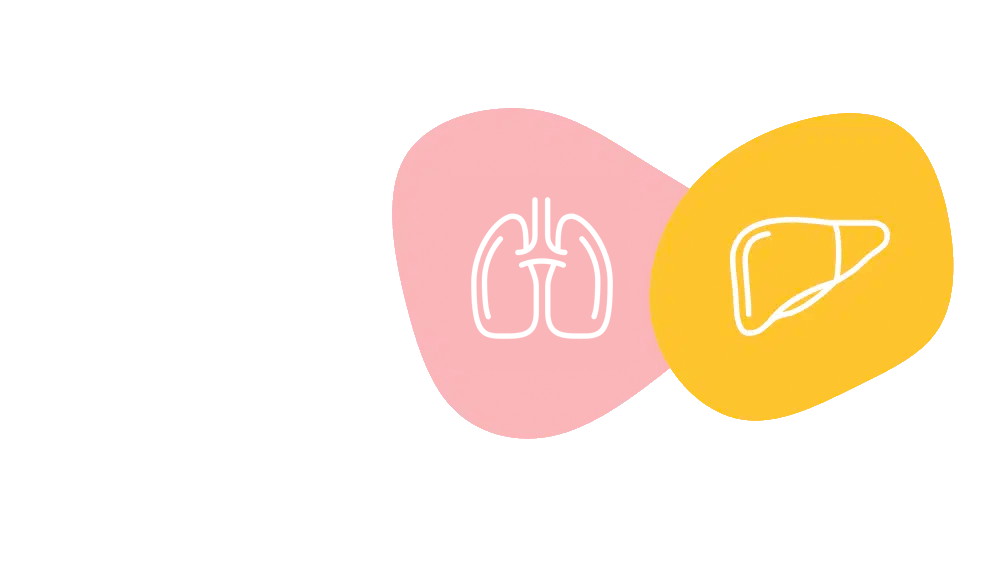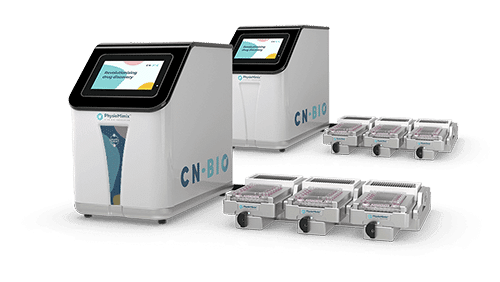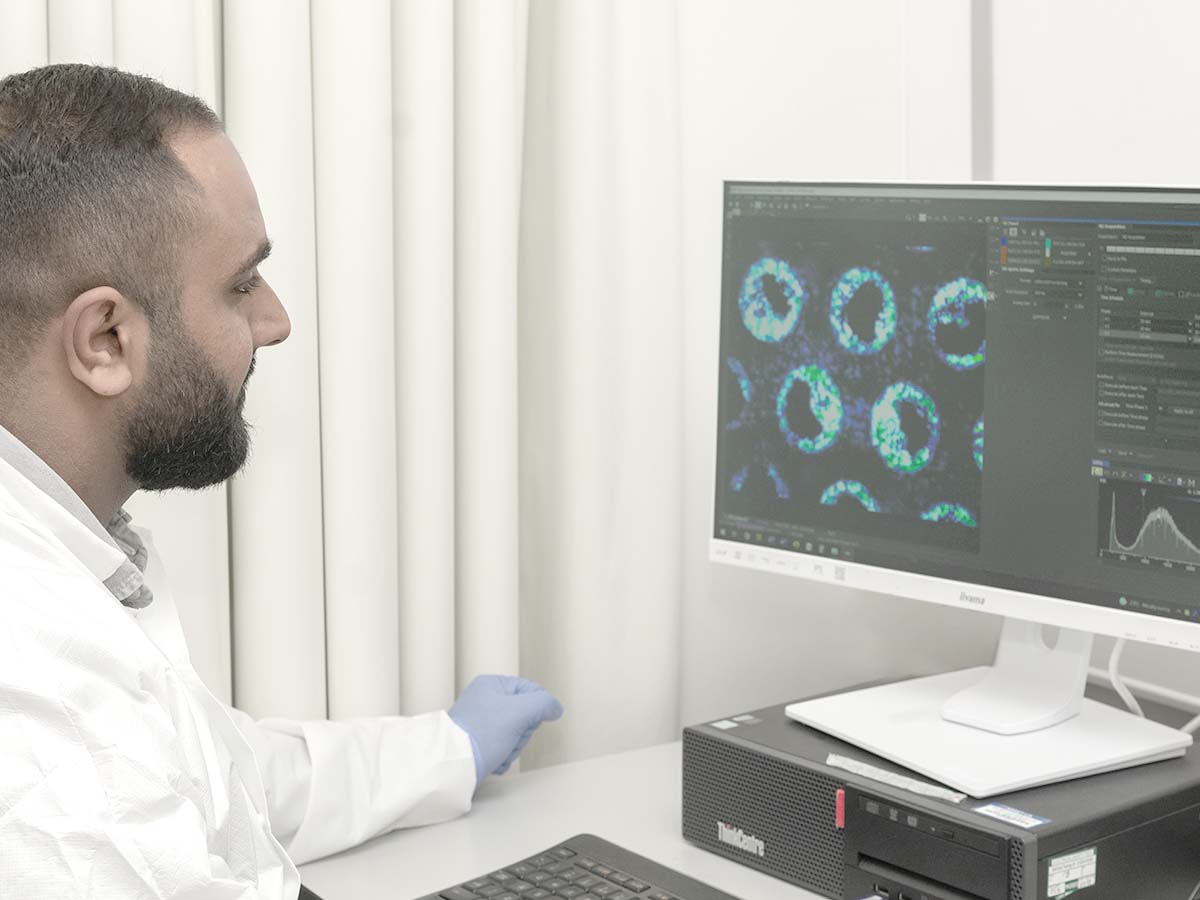Single-and multi-organ-on-a-chip (OOC) models
OOC models bridge the gap between traditional cell culture, animals, and the clinic by more accurately replicating human physiology in vitro to overcome the relevance limitations of current approaches.
Explore our models


Single-organ-on-a-chip
Single-organ models allow detailed investigative studies of individual organ function and modeling of specific disease states to recreate intricate human physiology in the laboratory.

Liver-on-a-chip model
The liver is a key organ in the study of drug metabolism and safety toxicology. Understanding how a drug is processed by the liver, discovering adverse effects and informing dose setting, are crucial to drug development.
Rates of liver disease are also on the rise, driven by alcohol consumption, diabetes, obesity rates, and infection. Some remain unmet–or poorly met–therapeutically. More human-representative models are required to address these concerns.
Our Liver-on-a-chip is designed for the study of drug metabolism, toxicology, and liver diseases.
- Easily identify liver toxicity markers, model liver disease, and study drug metabolism
- Extended culture lifespan (> four weeks) enables the study of acute and chronic disease and drug dosing
- Replicates liver disease with a high degree of accuracy providing a suitable system for studying signaling pathways
- Detect phase II metabolites and drug accumulation to support clinical data interpretation

Gut-on-a-chip model
Diet and lifestyle have a direct impact on gut health. The gut plays a complex role in maintaining health and performs a range of functions from transportation, absorption, and metabolism to playing a part in the immune response.
Understanding its physiology and pathology can inform drug pharmacology. Our Gut-on-a-chip is cultured from a mixture of epithelial and goblet cells to enable studies of drug absorption, barrier integrity, and inflammatory disease by modeling the physiology of the gut epithelium.
- Under perfusion, a complex 3D-like morphology forms that closely models human gut physiology
- Absorptive functions develop from increased tissue depth and greater tissue maturity
- It exhibits a biological barrier function with permeability that is aligned to that of the human gut
- The model expresses tight junctions and secretes mucus

Lung-on-a-chip model
The lung is a key barrier organ, useful as a route of administration for inhaled medication. It is also susceptible to a variety of diseases caused by environmental exposure to substances. Mimicking the physiology of the human airway enables the study of drug absorption, infection, and toxicity.
Chronic respiratory diseases are some of the most common non-communicable diseases due to the presence of noxious inhaled materials around us.
We offer two human lung models (bronchial and alveolar) that capture the tissue microarchitecture of different lung areas and display their specific functions.
- Dynamic perfusion induces shear stress and enhances microtissue formation, promoting in vivo-like functionality
- The models reflect the complexity of lung physiology allowing translational studies of pulmonary disease and toxicity
- The combination of an endothelial and epithelial layer of primary human cells mimics tissue-specific features
- An air-liquid interface facilitates the effects of air-borne agents or inhaled medications to be studied
Multi-organ-on-a-chip
Multi-organ models give detailed information on organ-to-organ crosstalk, pharmacokinetics, and biodistribution. They allow drug effects on the targeted organ, as well as off-target effects on other organs, to be tested.
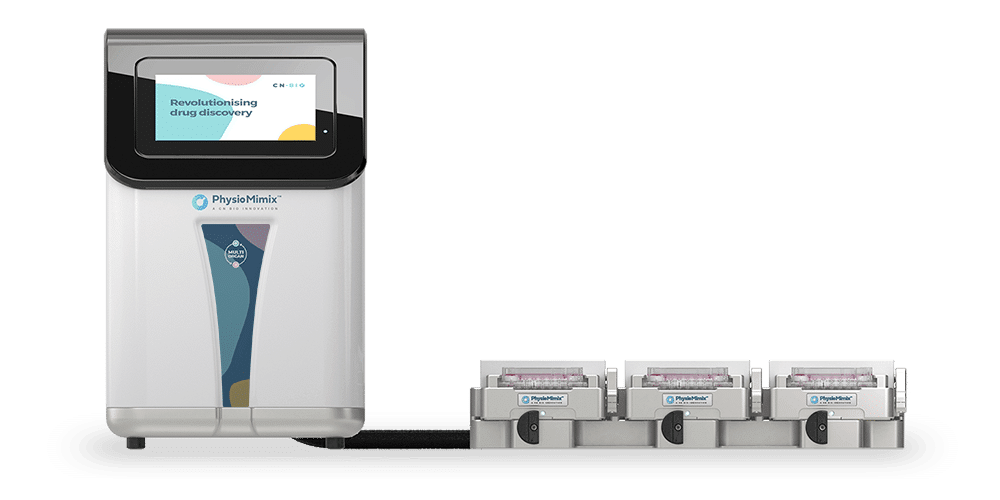
Gut/Liver-on-a-chip model
Investigation of the ADME properties of a drug is essential during the early stages of drug development. Current approaches inadequately predict human clearance rates, miss rare or human-specific metabolites and many are incompatible with new therapeutic modalities.
As a result, drug attrition in Phase II and III clinical trials is now mainly due to a lack of clinical efficacy rather than toxicity.
We have interconnected human gut and liver models to study organ–organ crosstalk for predicting toxicity, estimating bioavailability and modeling inflammatory disease processes.
- Allows the combined effects of intestinal and liver metabolism to be explored
- Organ–organ interaction and communication between the models can be used to compare oral and IV dosing regimes
- The open system configuration allows sampling of circulating drugs, metabolites, and biomarkers to generate concentration–time profiles
- Drug-related processes can be investigated in pharmacologically relevant concentrations
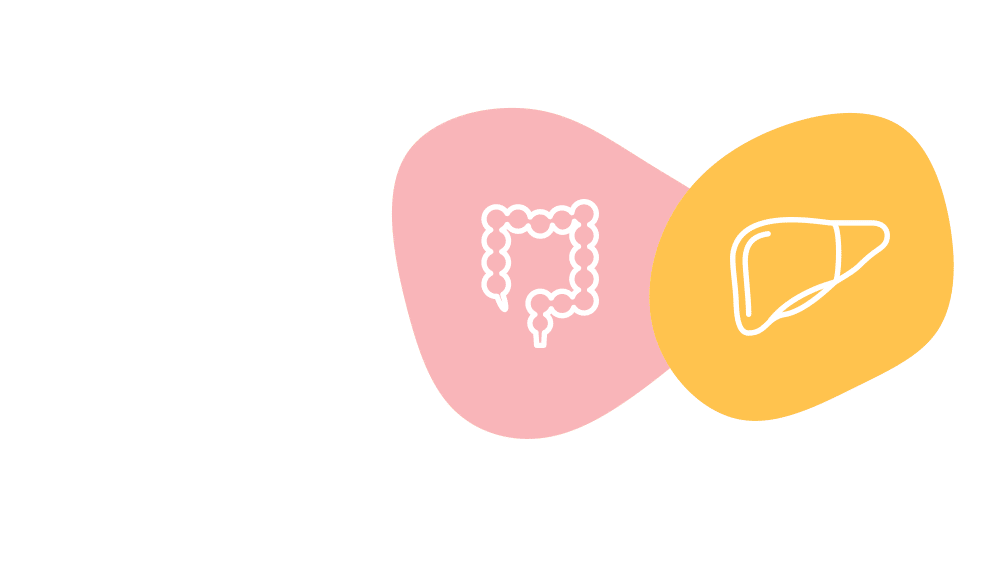
Lung/Liver-on-a-chip model
Our lungs are the main entry point into the body for a multitude of external factors – both benevolent (inhaled medications) and malevolent (pathogens or particulates). A key internal organ which is highly susceptible to damage and is required for responses to external factors is the liver, which metabolises compounds and is a key player in the acute phase response – a coordinated series of events that occur in response to infection, inflammation, or trauma.
Crosstalk between the lung and liver can be determined using the PhysioMimix lung-liver dual-organ model. The model can be used to predict drug safety, efficacy and metabolism, as well as recreate human inflammatory responses and disease.
- Monitor organ-organ communication over time to understand responses to stimuli.
- Determine the pharmacokinetics of inhaled or IV-dosed drugs – particularly uptake through, or to, either organ and drug metabolism in healthy or diseased models.
- Understand the interactions of circulating immune cells with organs and the generation of an inflammatory response to stimuli administered in the lung or liver.
- Elucidate the systemic effects of disease.
